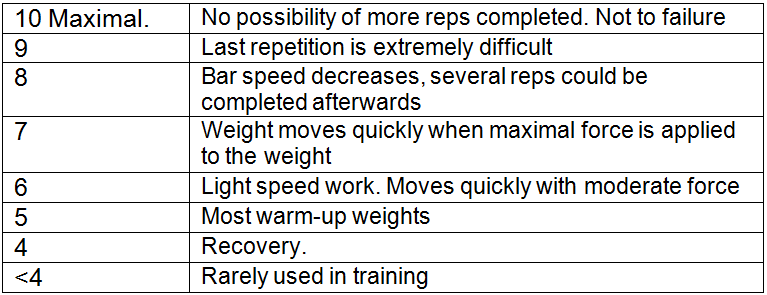By Wil Fleming
Much of the time spent in the weightroom will be dedicated to the coaching of athletes on the proper movements, positions, and providing general technical info needed to safely complete the movements with maximal return on the time invested. The other portion of the time of the strength coach will be spent on determining and helping to select the weights that athletes use.
The beginning stages of the high school athletes‘ career in the weightroom should be spent teaching athletes the right way to lift and train, cueing the right movements, and ensuring technical proficiency. Building these foundations with minimal external loading is extremely important.
Movements, and more importantly, proper movements form the foundation of a good program. Gyms and weightrooms with individuals moving poorly, will limit athletes from getting stronger and staying healthy.

Once the movements have been taught, drilled and perfected, it will be time to load the movements to create more strength. I will outline two effective strategies to do just that. One will be quite intuitive and allow for novice lifters to get great benefit from your program. The second is based on the athletes’ 1RM and require careful planning on your part.
The work up method
The work up method is one that can be used for any athlete for whom you do not know their current 1 RM. This method allows for great freedom in the weights used on any given day, but will always dial in to the perfect weight on a given day.
There are no specific percentages at which an athlete should be working when using the work up method. Instead it uses the ability of an athlete on a given day to reach the proper level of difficulty.
First, work up to your best set of the given reps on any day you are training. Some days will be better than others, but athletes should always work up to the best set that day with perfect form. Counting their sets backwards and count any set within 10% of your best as a work set. So for instance, let’s say snatch was prescribed for 4 sets of 3 reps and the athlete snatched the following sets:
40k x3
50k x3
60k x3
70k x3
80k x3
85k x3 92%
85k x3
90k x3
92k x3 100%
On this day you would count the highlighted sets. Each of these sets falls within 10% of the highest load on the snatch that day.
If for instance an athlete did the following sets on a snatch workout you may have to add another set below your highest weight to get the right number of work sets in.
40k x3
60k x3
70k x3
80k x3 86% (do not count)
90k x3
92k x3 100%
Because only 2 sets were within 10% of your best on that day you could do the following to get the appropriate number of work sets.
85k x3
85k x3
The work up method allows for high intensity training at the best level an athlete can reach on any given day. For large groups of athletes with varying levels of confidence and competence in the strength training this is an ideal method to use.
This method of loading is similar to the idea of rate of perceived exertion (RPE), or the Borg scale, that is typically used for aerobic training. While the Borg scale uses values from 6-20 (correlating roughly to heart rate when multiplied by 10), an RPE scale for strength training can be used in a 1-10 range (correlating to percentage used when multiplied by 10).
An RPE scale for strength training based on 1-10 would look something like the following.

Modified from Tuchscherer, Michael (2008). The Reactive training manual.
For training in the work up method using weights on a given day that are between 9 and 10 will ensure the maximum training effect. Lifts in the 9-10 zone for a given rep scheme, will challenge athletes no matter the day.
In line with our need to promote recovery, on some weeks it will be important to coach athletes to train with the work up method, in the 6-7 zone. This will ensure complete recovery prior to a more difficult week of training.
The percentage method
The percentage method is most commonly used with higher level athletes. This method uses known 1 repetition maximums and specific percentages to prescribe training loads.
In a given training period the goals for the completion of the training cycle should be known. That is, what numbers would the coach and athlete like to hit by the end of the cycle. From these numbers all weights will be based.
The model for both linear periodization and undulating periodization that I used earlier both use percentages to estimate the appropriate load to be used on a given day. In that way the percentage (%) method is the most studied and established way of determining loads.
Prilepin’s table, designed by former Soviet weightlifting coach A.S. Prilepin can be used to closely predict the sets and reps used at differing levels of intensity.

These two methods of loading can be used to accommodate nearly all high school athletes in your gym.
